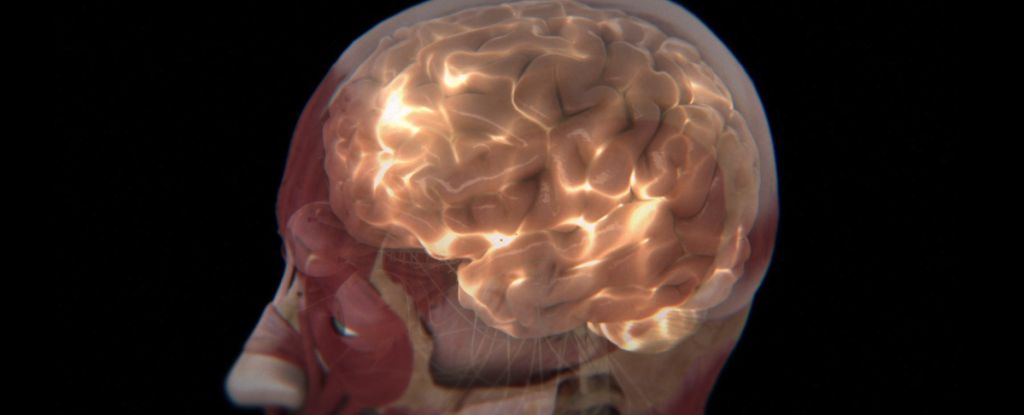
Many creatures on Earth are known for their ability to emit a visible glow, a phenomenon known as bioluminescence. However, humans have not typically been included in this glowing group. This assumption might not be entirely accurate. Since 1923, studies have suggested that humans emit a faint luminescence, visible if it weren’t so dim to the naked eye. From the moment of conception to the end of life, we emit this subtle glow.
While the idea is controversial, detecting these ‘biophotons’ could potentially reveal insights about the processes occurring within our bodies. In a groundbreaking study, a team led by biologist Hayley Casey from Algoma University in Canada has focused on the human brain’s faint glow. They discovered that this glow changes in response to brain activity, offering a new avenue for assessing brain health through a technique they refer to as photoencephalography.
The Science Behind Human Luminescence
The study represents the first proof-of-concept that ultraweak photon emissions (UPEs) from human brains can be used to track functional states. “We measured and characterized photon counts over the heads of participants while they rested or engaged in an auditory perception task,” the researchers wrote in their paper. “We demonstrated that brain-derived UPE signals can be distinguished from background photon measures.”
“Our results suggest that for a given task, the UPE count may reach a stable value,” the study notes.
Everything in the universe with a temperature above absolute zero emits thermal radiation, including humans. However, UPEs are distinct from thermal radiation. They are emitted in near-visible to visible wavelengths, resulting from electrons emitting photons as they lose energy during metabolism.
Methodology and Findings
Casey and her team aimed to differentiate brain UPEs from background radiation and determine if these emissions correlate with various levels of brain activity. Participants were placed in a dark room, fitted with an electroencephalography (EEG) cap to monitor brain activity, and surrounded by photomultiplier tubes to detect light emissions. These tubes are highly sensitive and can capture even the faintest light.
Participants were recorded at rest and during sound-based tasks, which they could perform in the dark. The study confirmed that UPEs are real and measurable from outside the participants’ heads, with a clear correlation between UPE output and EEG-recorded brain activity.
Future Research Directions
The researchers suggest that future studies could explore how neuroanatomy affects UPE output and how different activities manifest in UPE patterns beyond the states of rest and activity. There is also the question of whether each individual has a unique UPE ‘fingerprint’ that could serve as a baseline for detecting anomalies.
“We view the current results as a proof-of-concept demonstration that patterns of human-brain-derived UPE signals can be discriminated from background light signals in darkened settings despite very low relative signal intensity,” the researchers wrote.
The team believes that future research might succeed by using specific filters and amplifiers to enhance UPE signal features from both healthy and diseased brains. Their findings have been published in the journal Current Biology.
Implications and Potential Applications
The discovery of UPEs in the human brain opens up exciting possibilities for non-invasive brain health monitoring. If researchers can refine the technique, photoencephalography could become a valuable tool in medical diagnostics and neuroscience research. The ability to track brain activity through light emissions could lead to new insights into neurological disorders and brain function.
This development follows a growing interest in biophoton research and its applications in understanding biological processes. As scientists continue to explore the potential of UPEs, the implications for medical science and our understanding of the human body could be profound.
As the research progresses, the scientific community eagerly anticipates further discoveries that could illuminate the mysteries of the human brain and its subtle glow.







